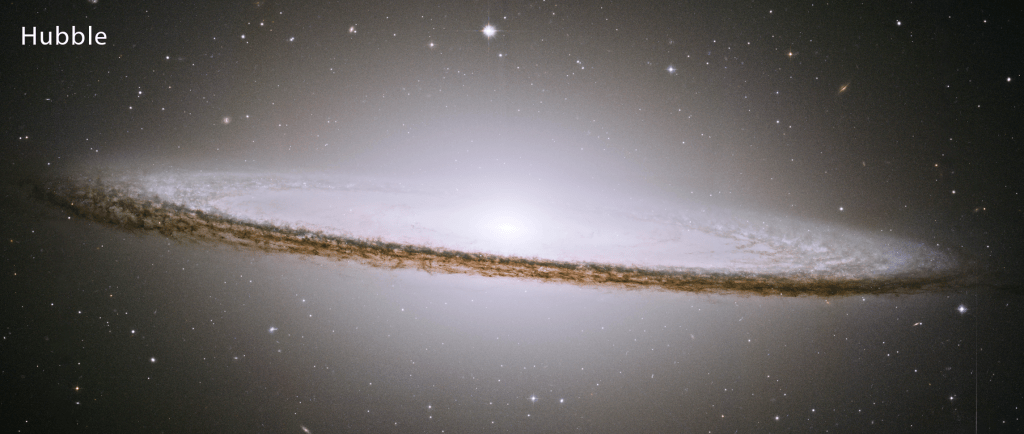Japan awards $32.5 million contract for lunar GPS-type satellite constellation to startup
Capitalism in space: As part of the multi-billion dollar fund the Japanese government has allocated to encourage private enterprise by new Japanese startups, its space agency JAXA has now awarded a $32.5 million development contract to the startup ArkEdge Space to design and fly a GPS-type satellite in orbit around the Moon, thus demonstrating the technology.
Under the agreement, ArkEdge Space will plan and design the mass production and operation of micro-satellite constellations to lead the development of a next-generation Lunar Navigation Satellite System (LNSS), a vital component to the International “LunaNet” initiative driven by National Aeronautics and Space Administration (NASA), European Space Agency (ESA) and JAXA. LunaNet seeks to establish essential infrastructure to support sustainable lunar exploration and foster the growth of the lunar economy.
The real significance of this contract award is that it signals JAXA’s growing shift from designing, building, and owning everything to simply becoming the customer who gets what it needs from the private sector. The Japanese government had established that fund for this express purpose, but JAXA has shown a reluctance to proceed, as it directly threatens its turf. This award indicates that reluctance is finally being pushed aside.
Capitalism in space: As part of the multi-billion dollar fund the Japanese government has allocated to encourage private enterprise by new Japanese startups, its space agency JAXA has now awarded a $32.5 million development contract to the startup ArkEdge Space to design and fly a GPS-type satellite in orbit around the Moon, thus demonstrating the technology.
Under the agreement, ArkEdge Space will plan and design the mass production and operation of micro-satellite constellations to lead the development of a next-generation Lunar Navigation Satellite System (LNSS), a vital component to the International “LunaNet” initiative driven by National Aeronautics and Space Administration (NASA), European Space Agency (ESA) and JAXA. LunaNet seeks to establish essential infrastructure to support sustainable lunar exploration and foster the growth of the lunar economy.
The real significance of this contract award is that it signals JAXA’s growing shift from designing, building, and owning everything to simply becoming the customer who gets what it needs from the private sector. The Japanese government had established that fund for this express purpose, but JAXA has shown a reluctance to proceed, as it directly threatens its turf. This award indicates that reluctance is finally being pushed aside.
















